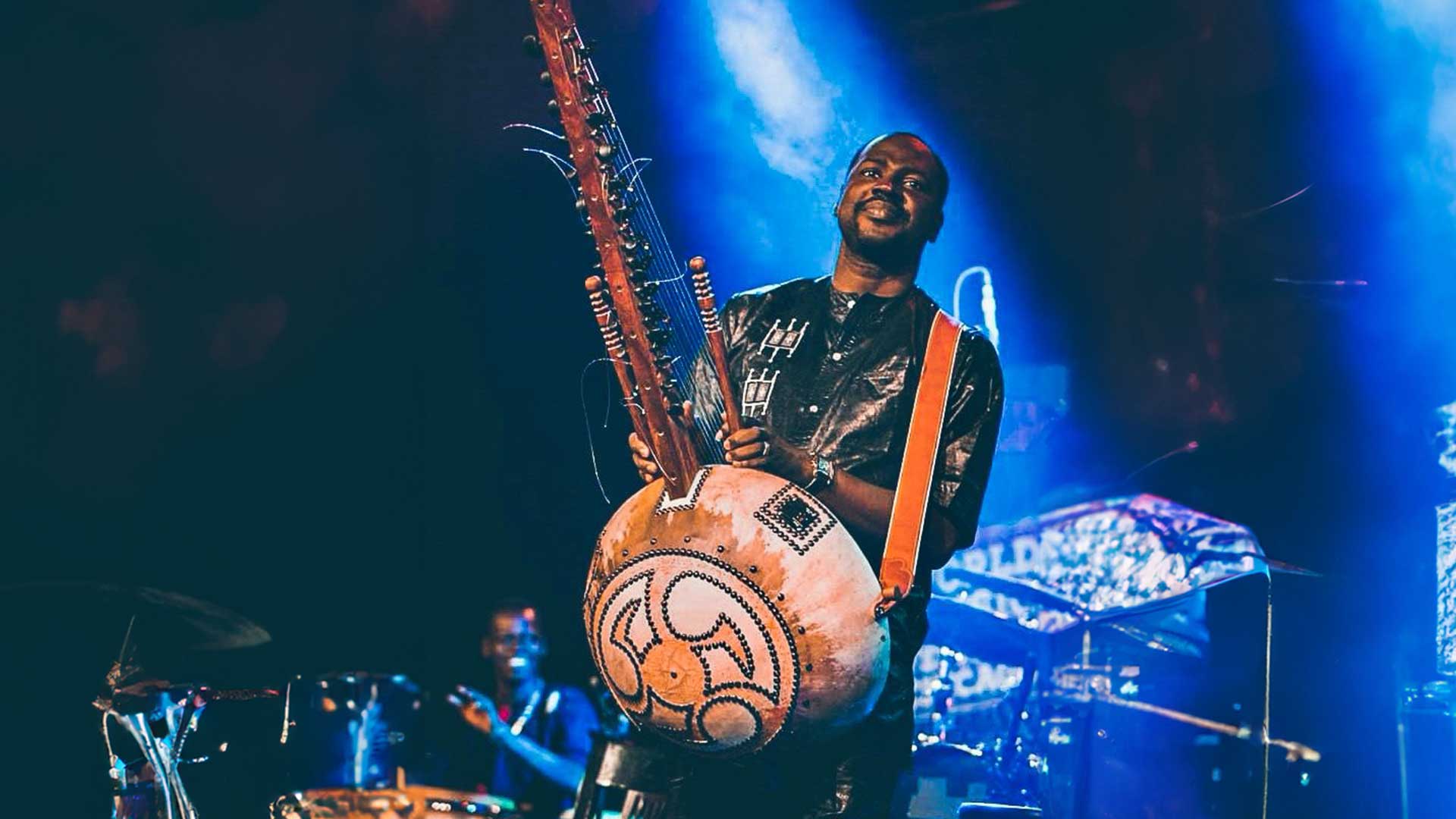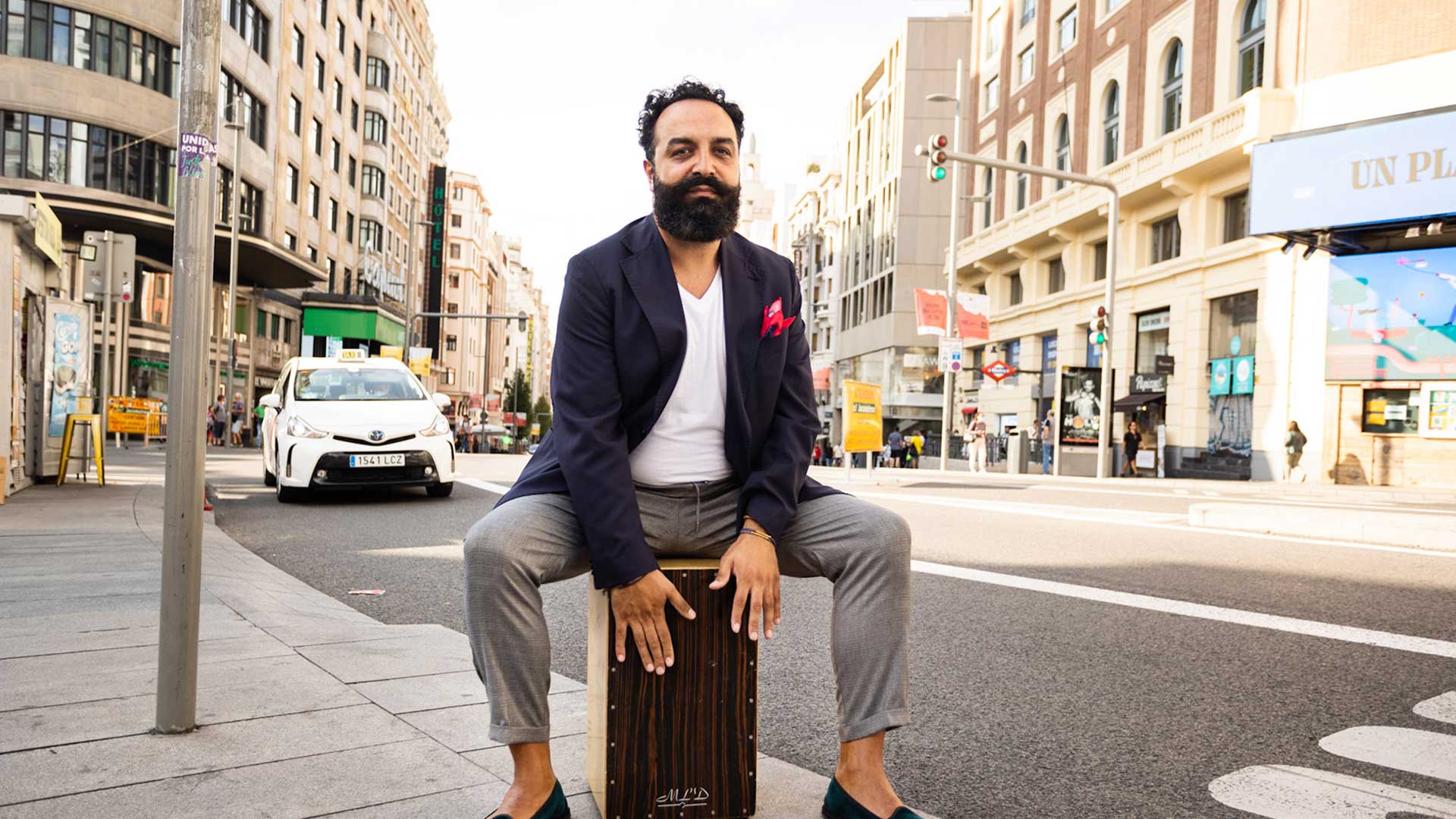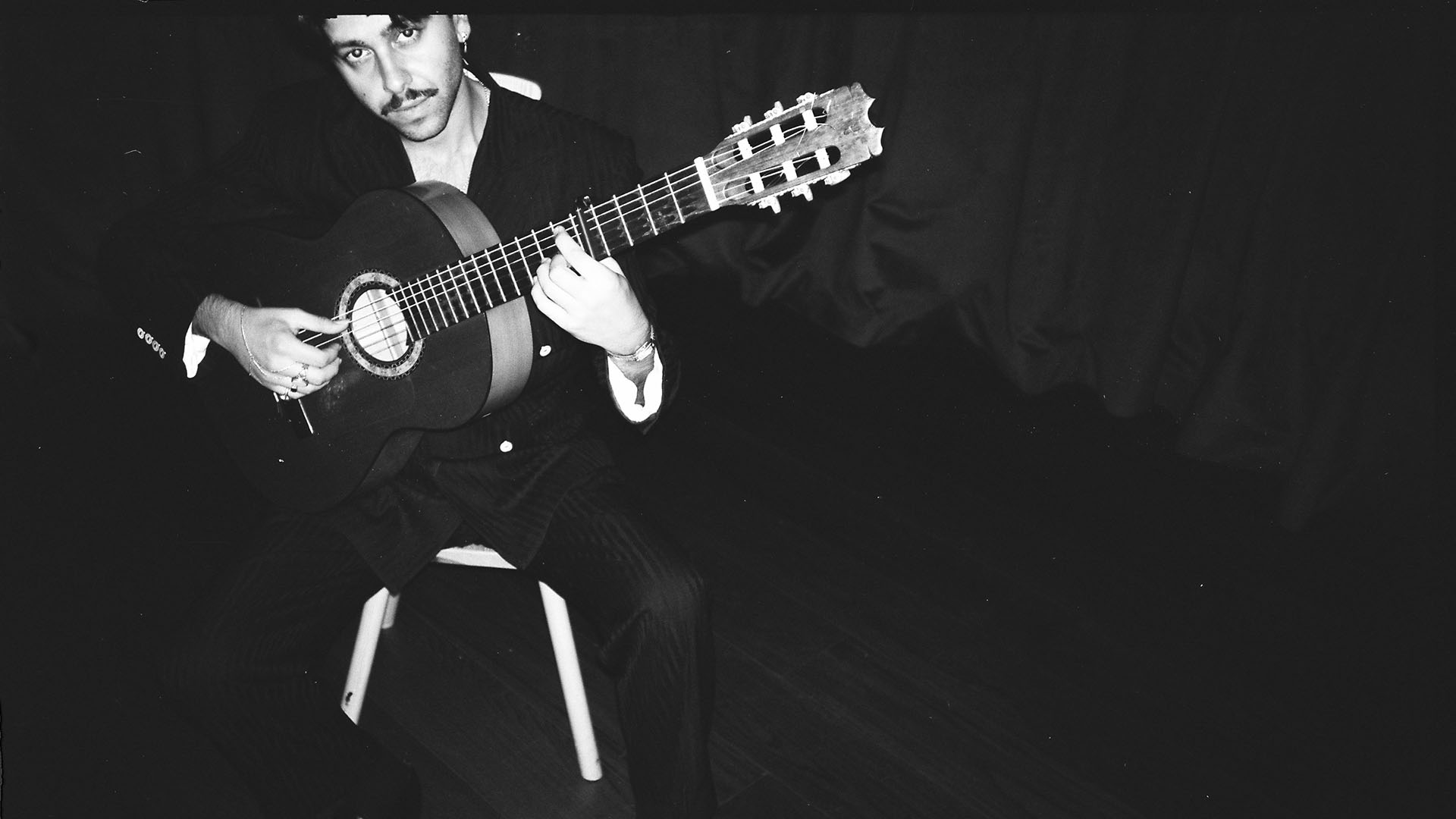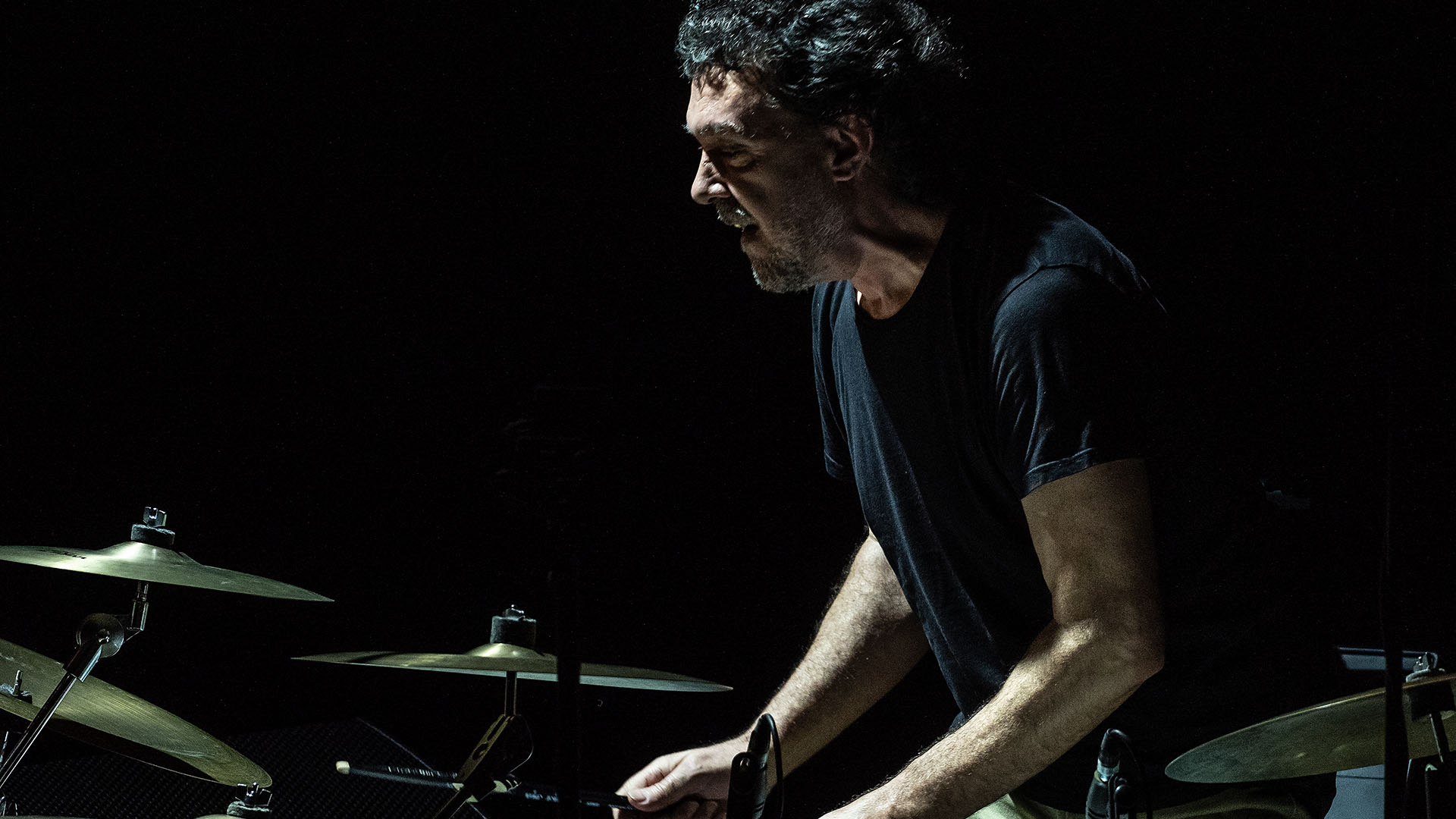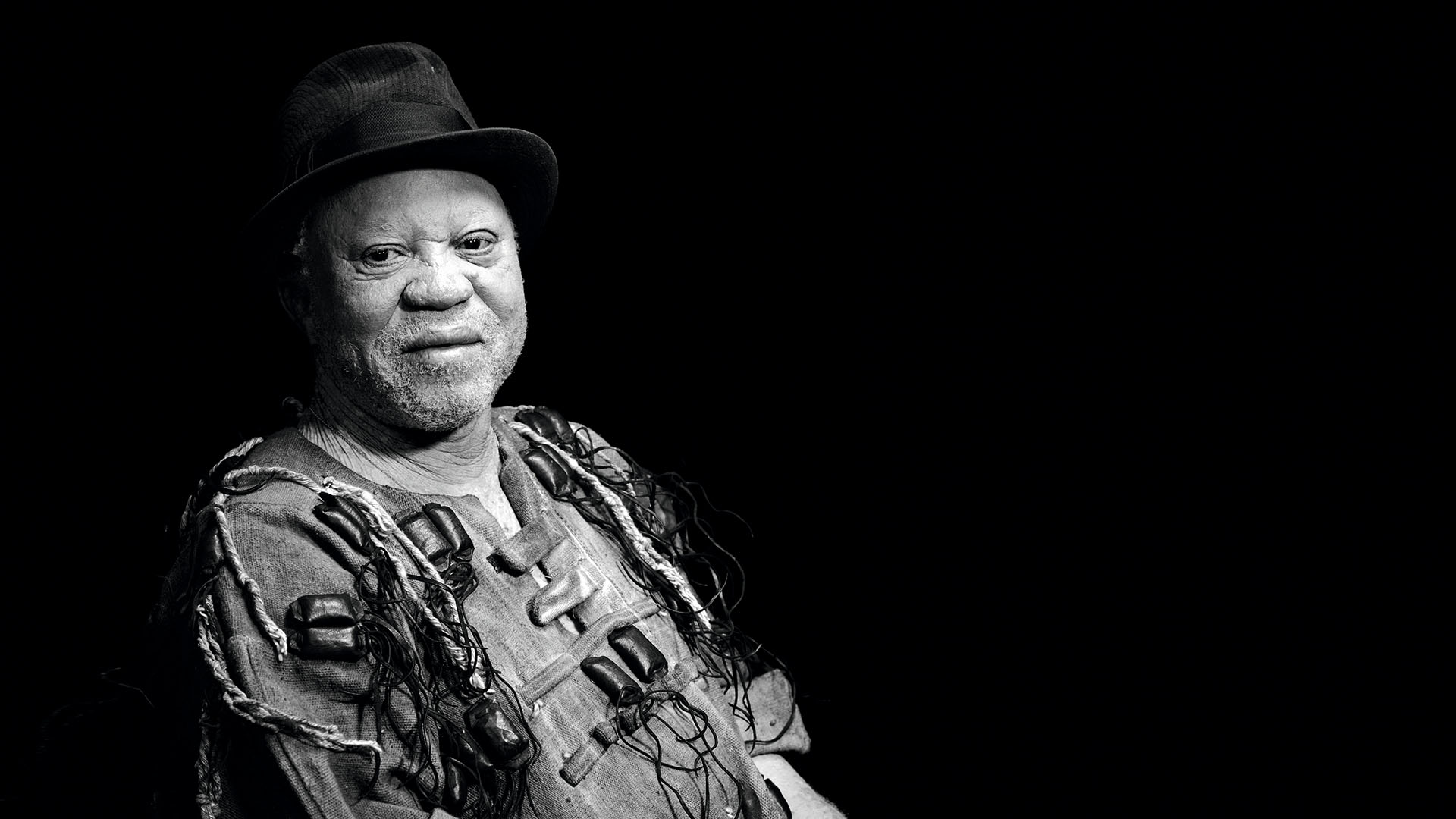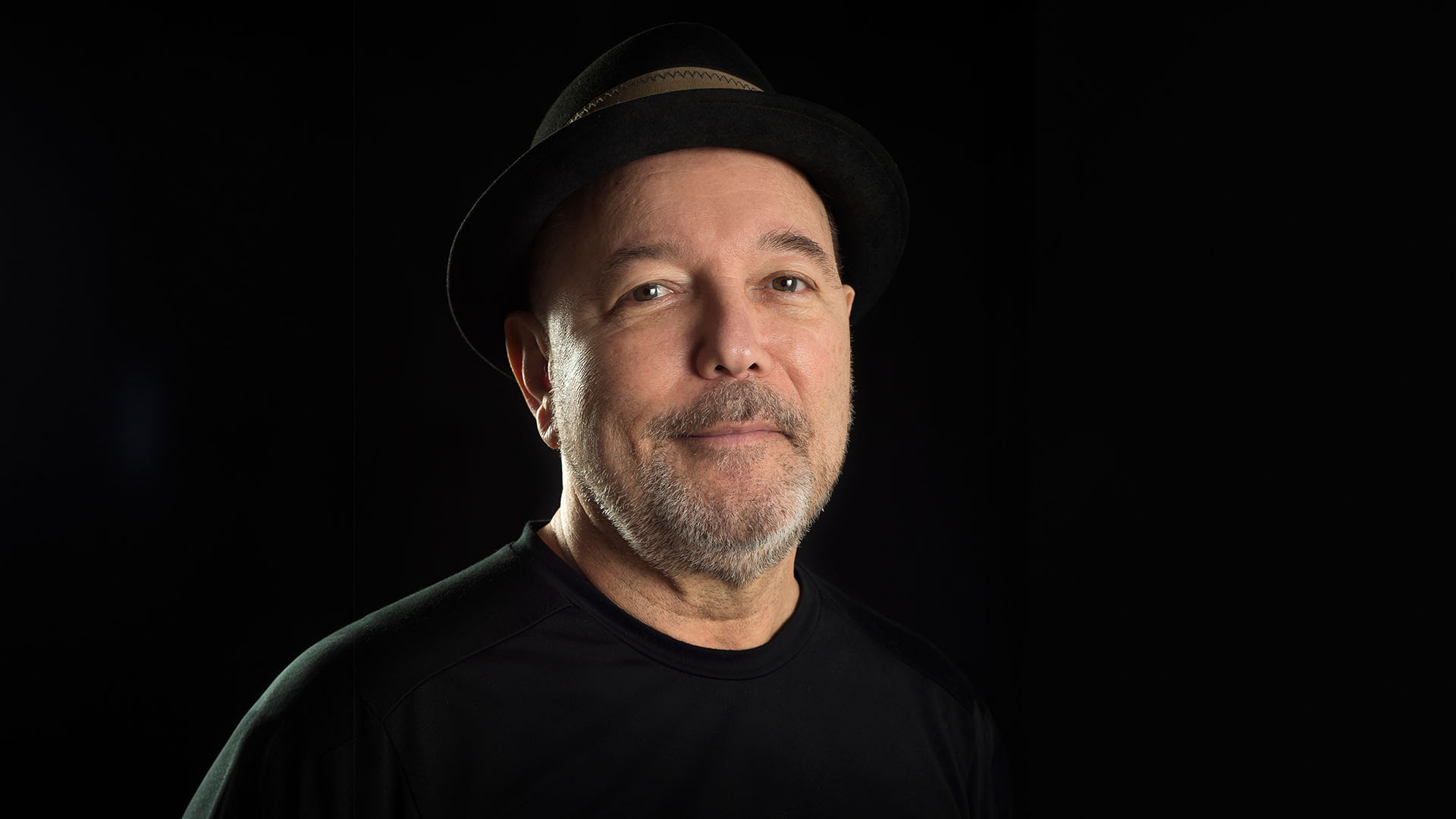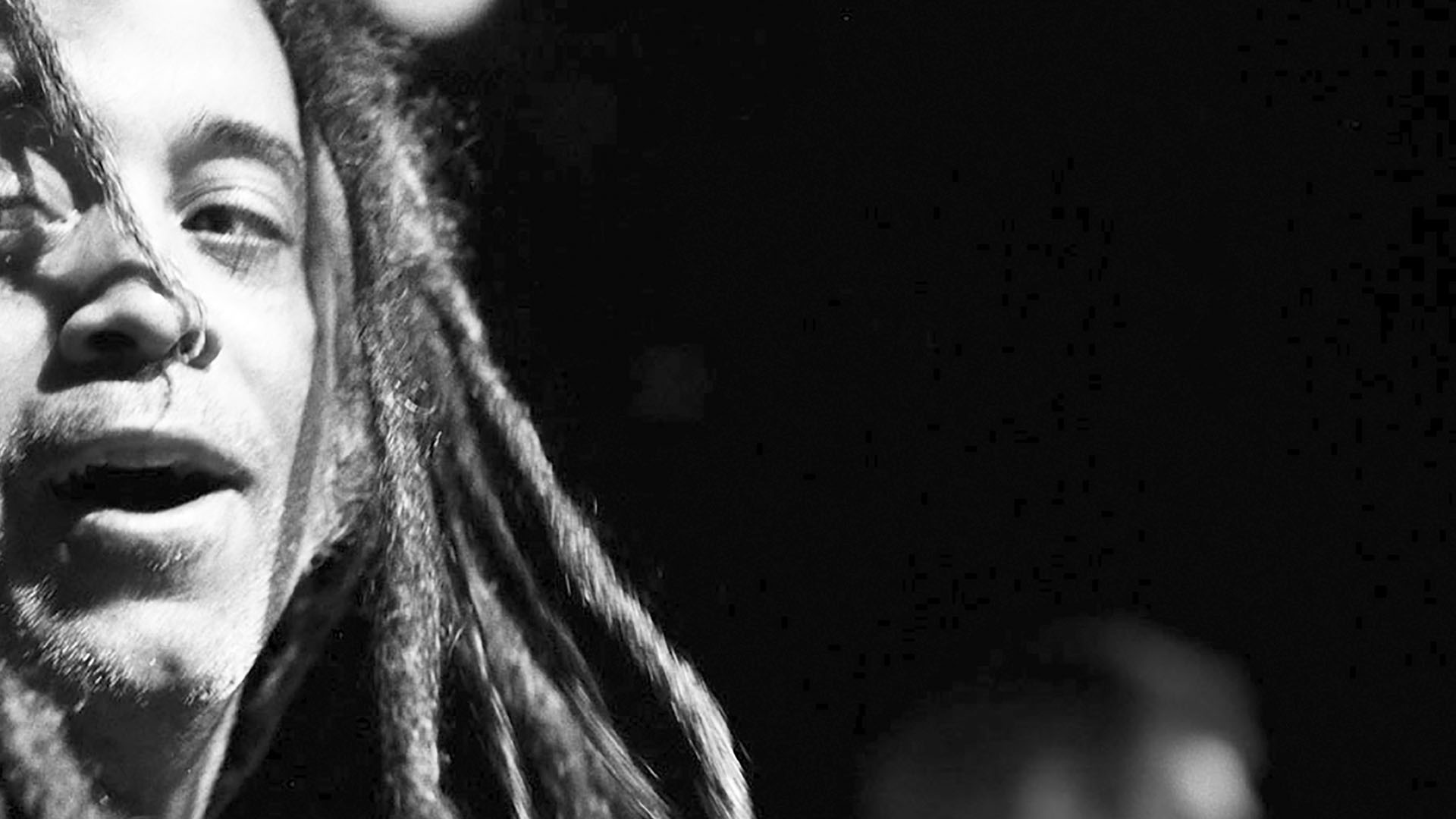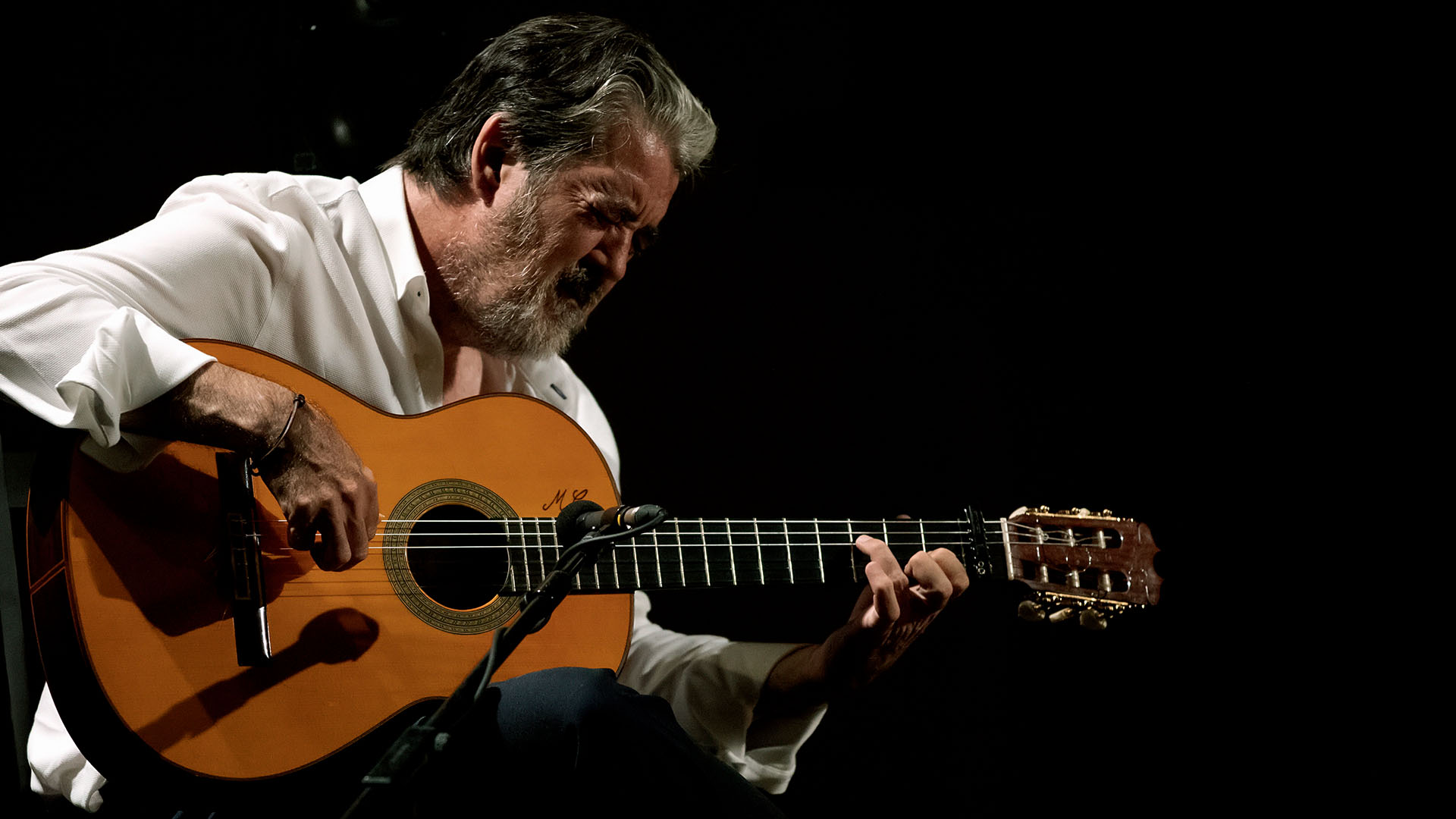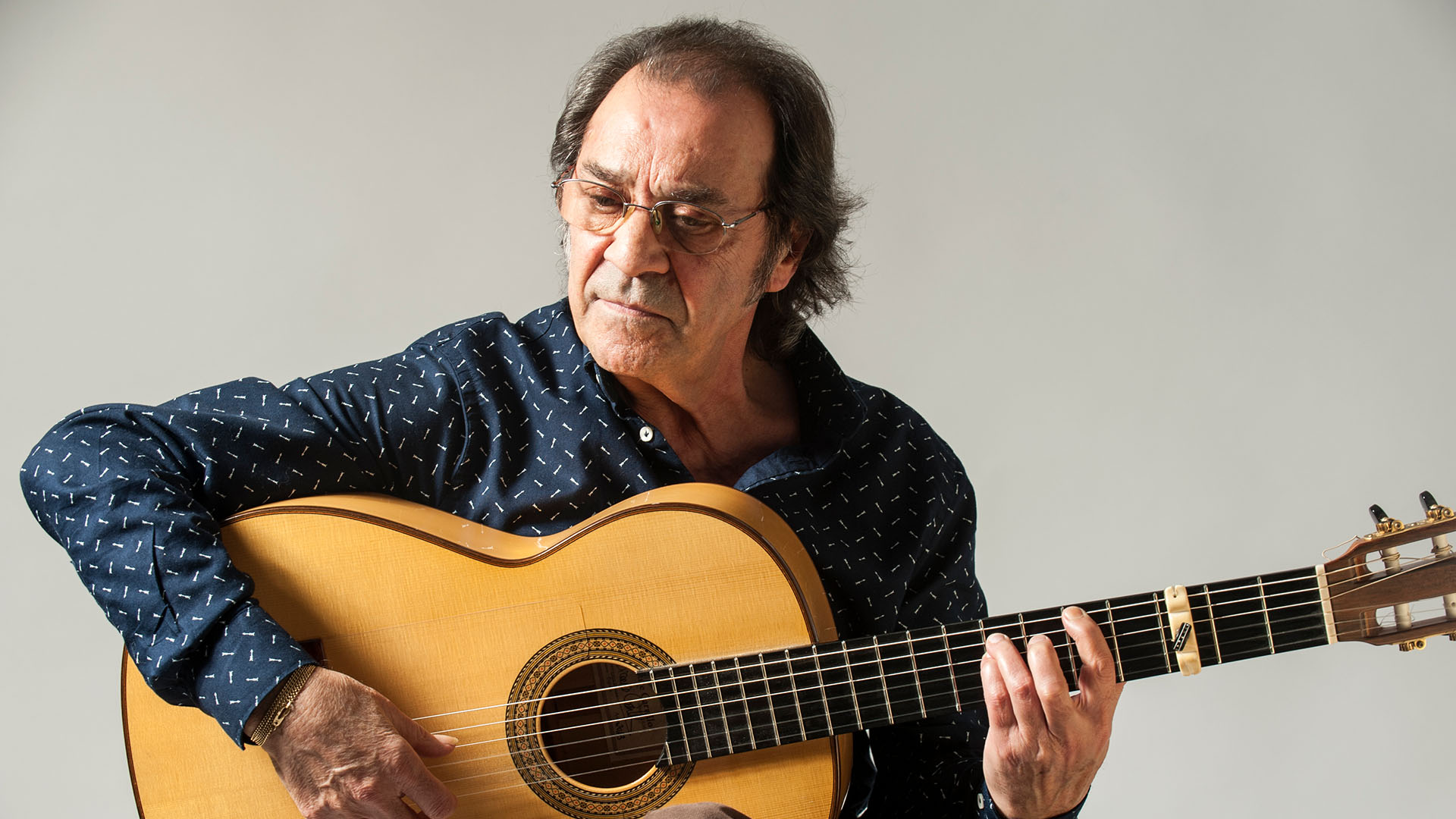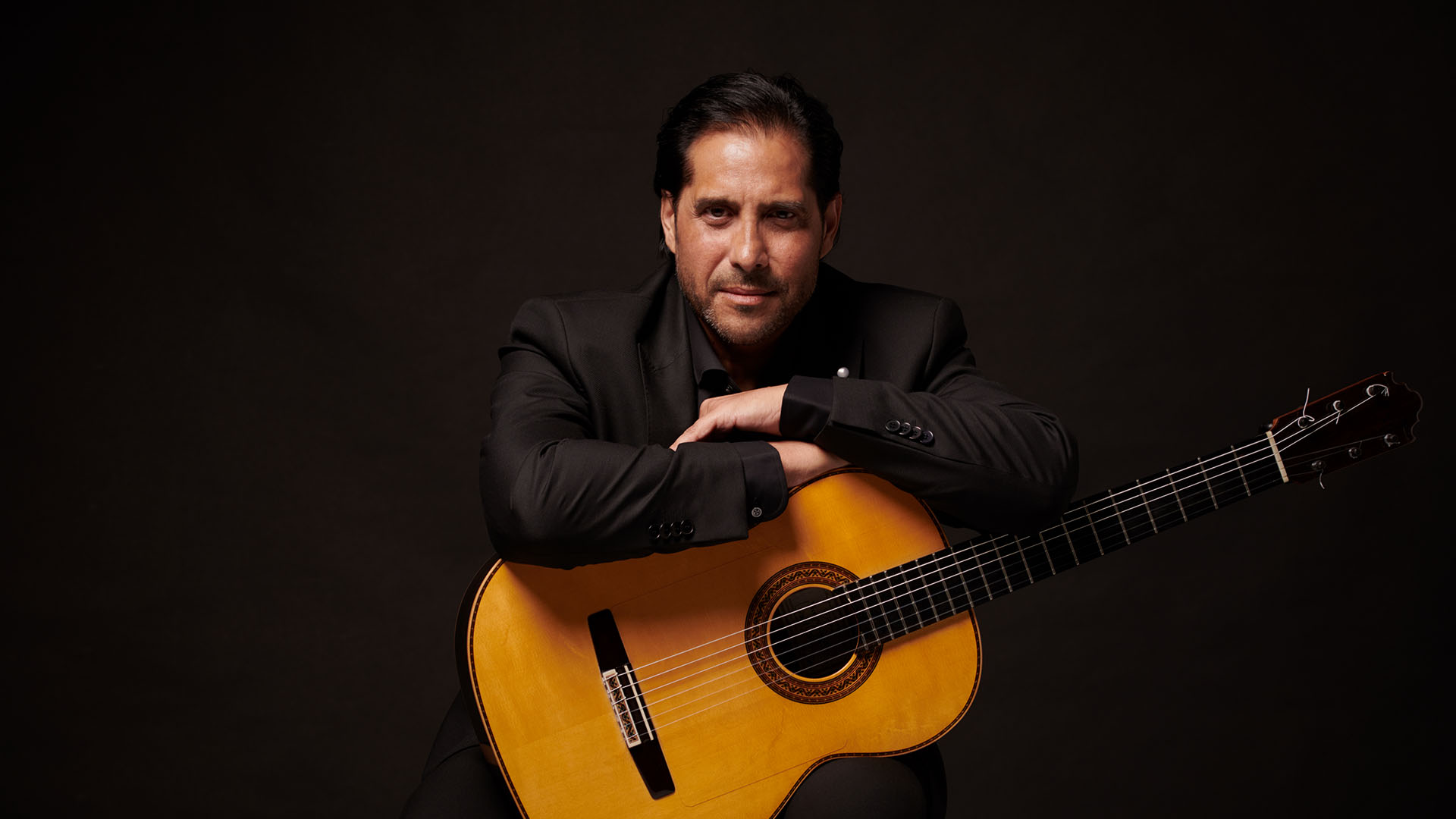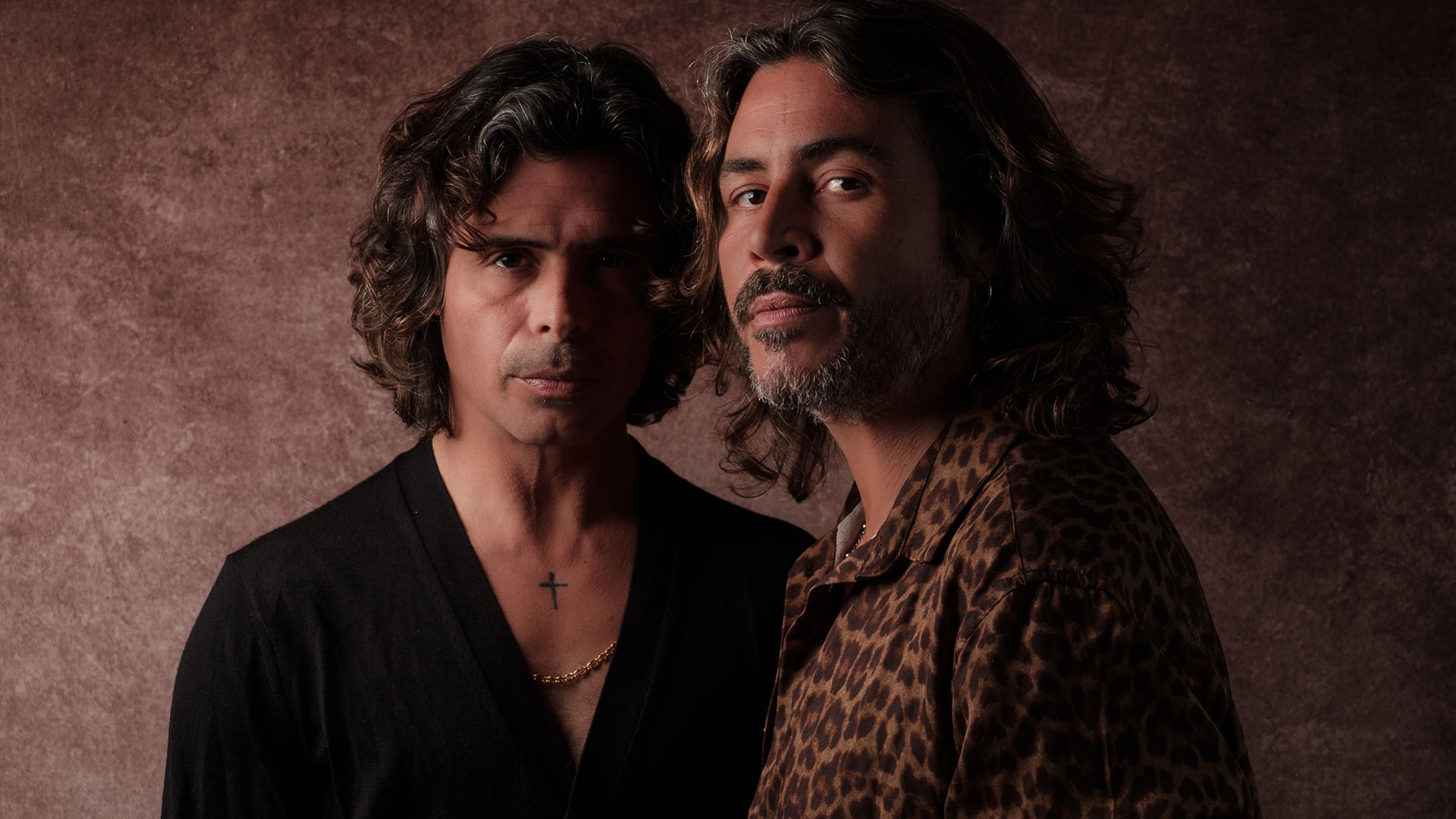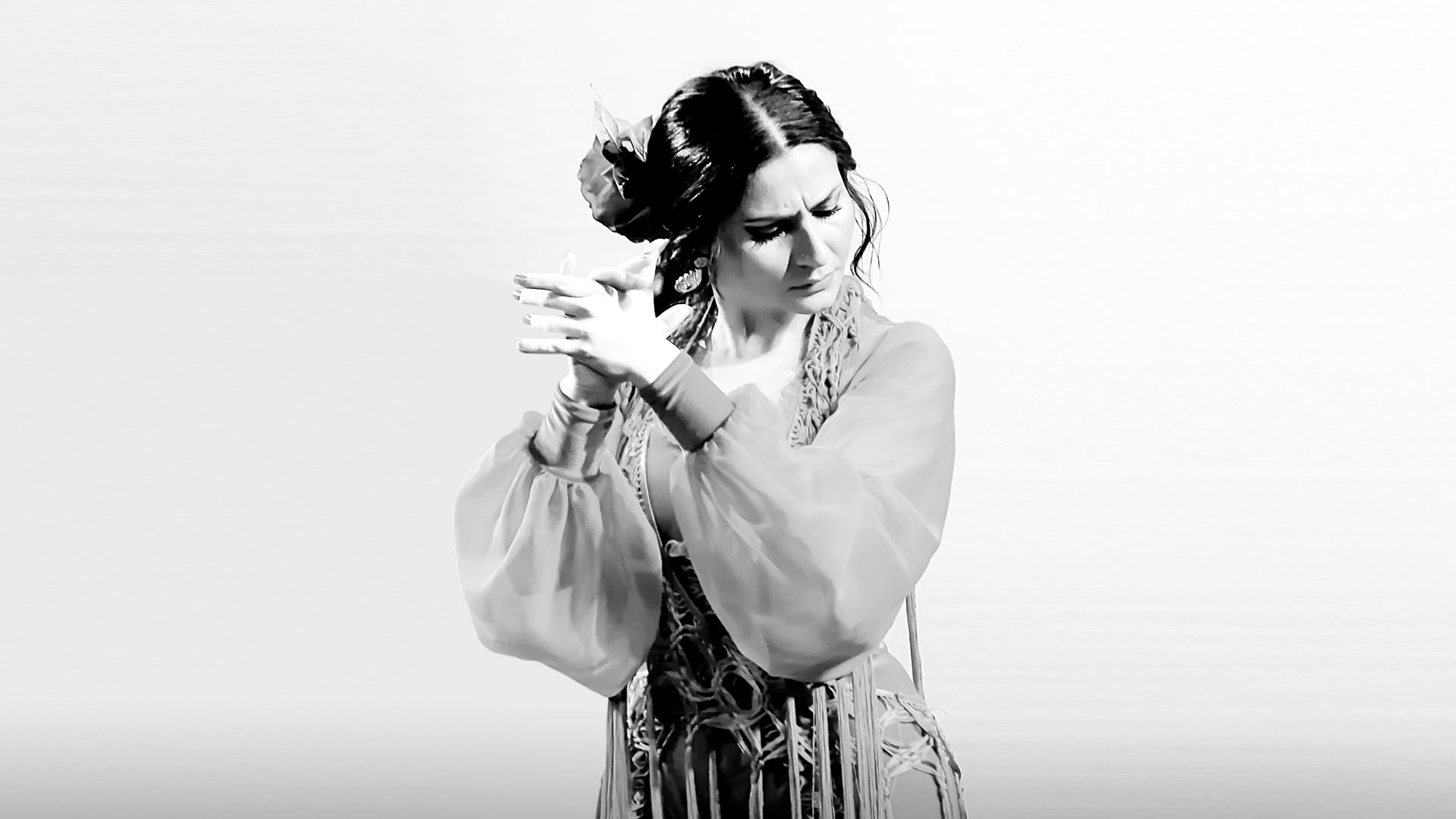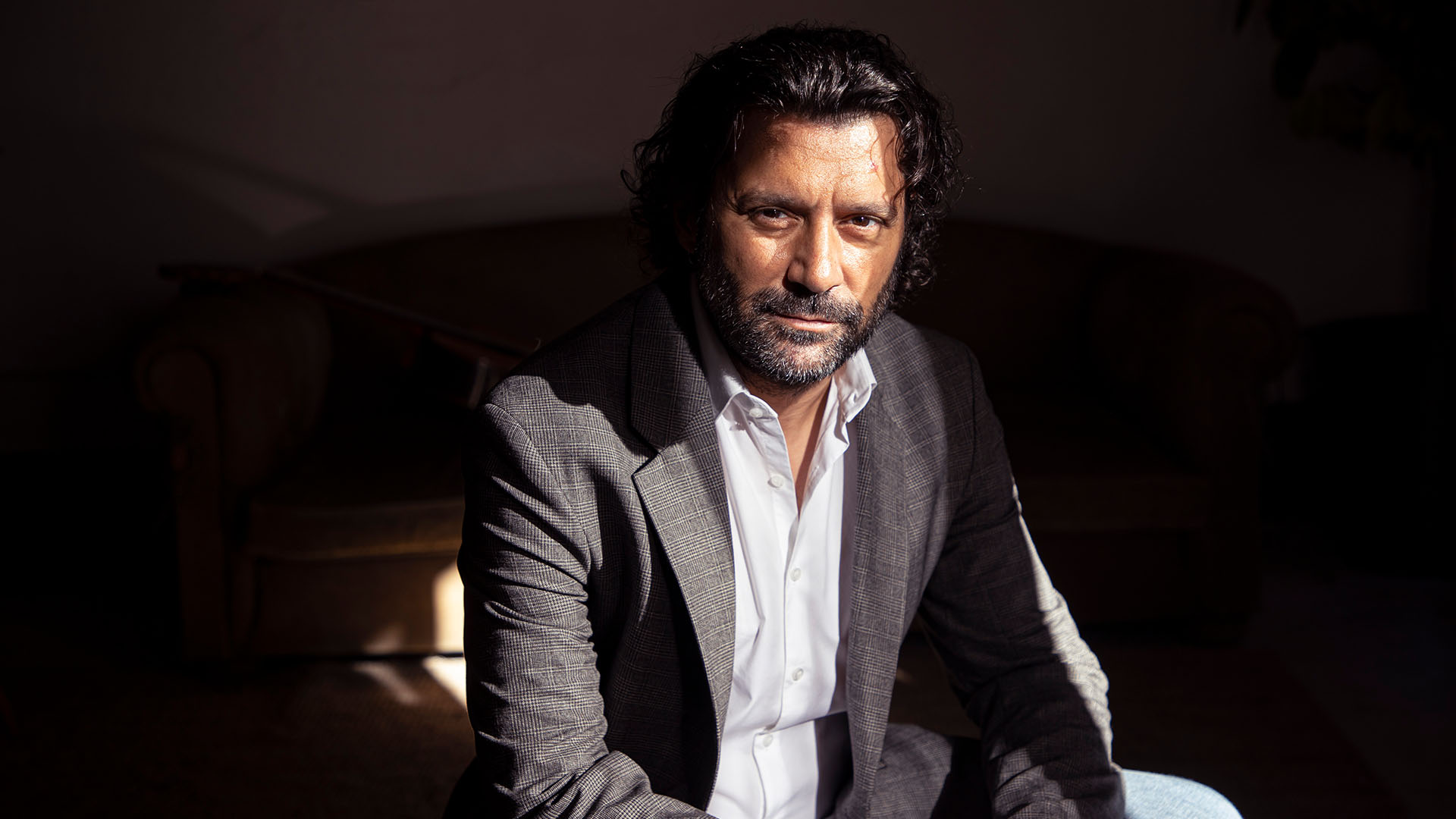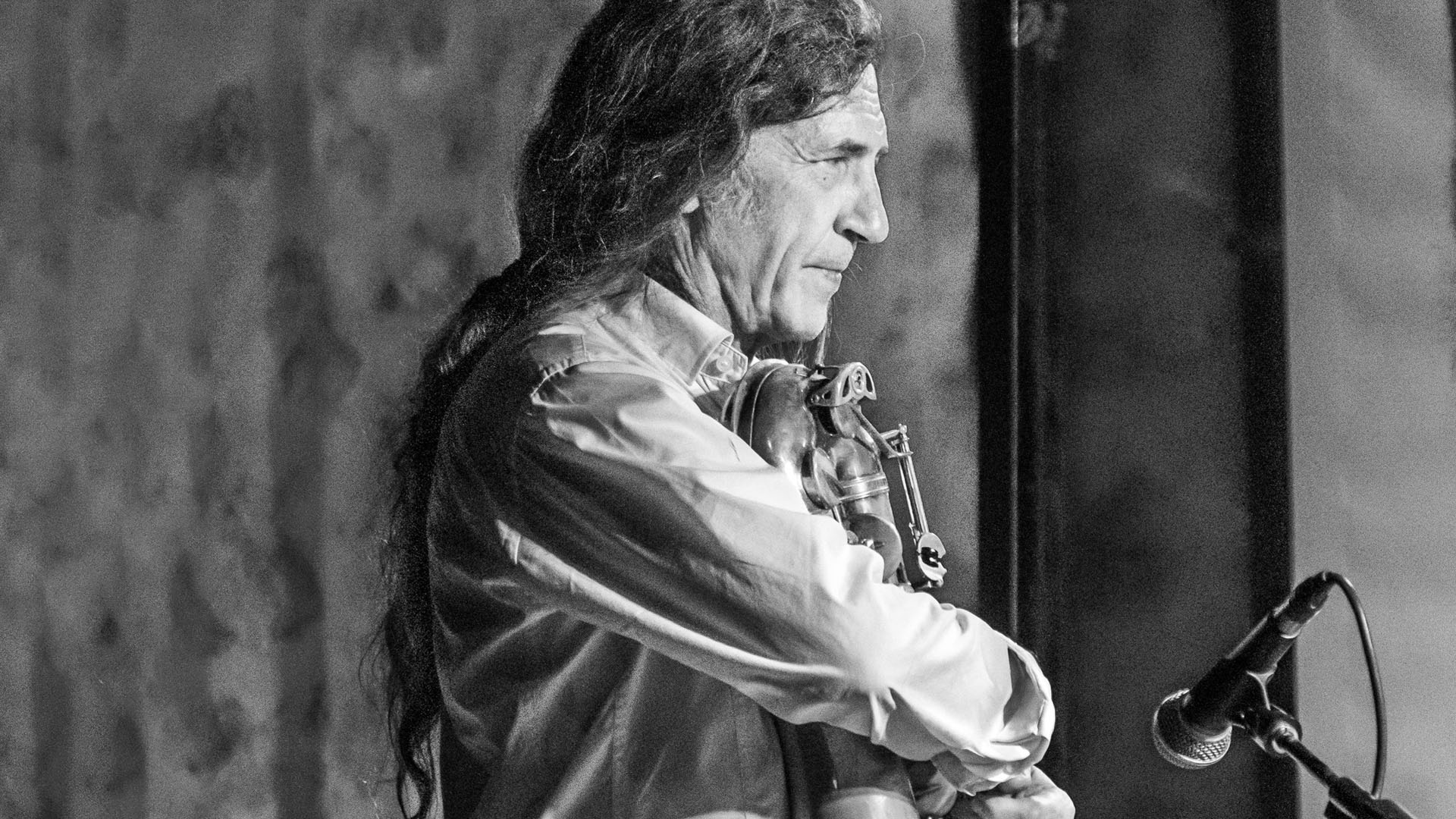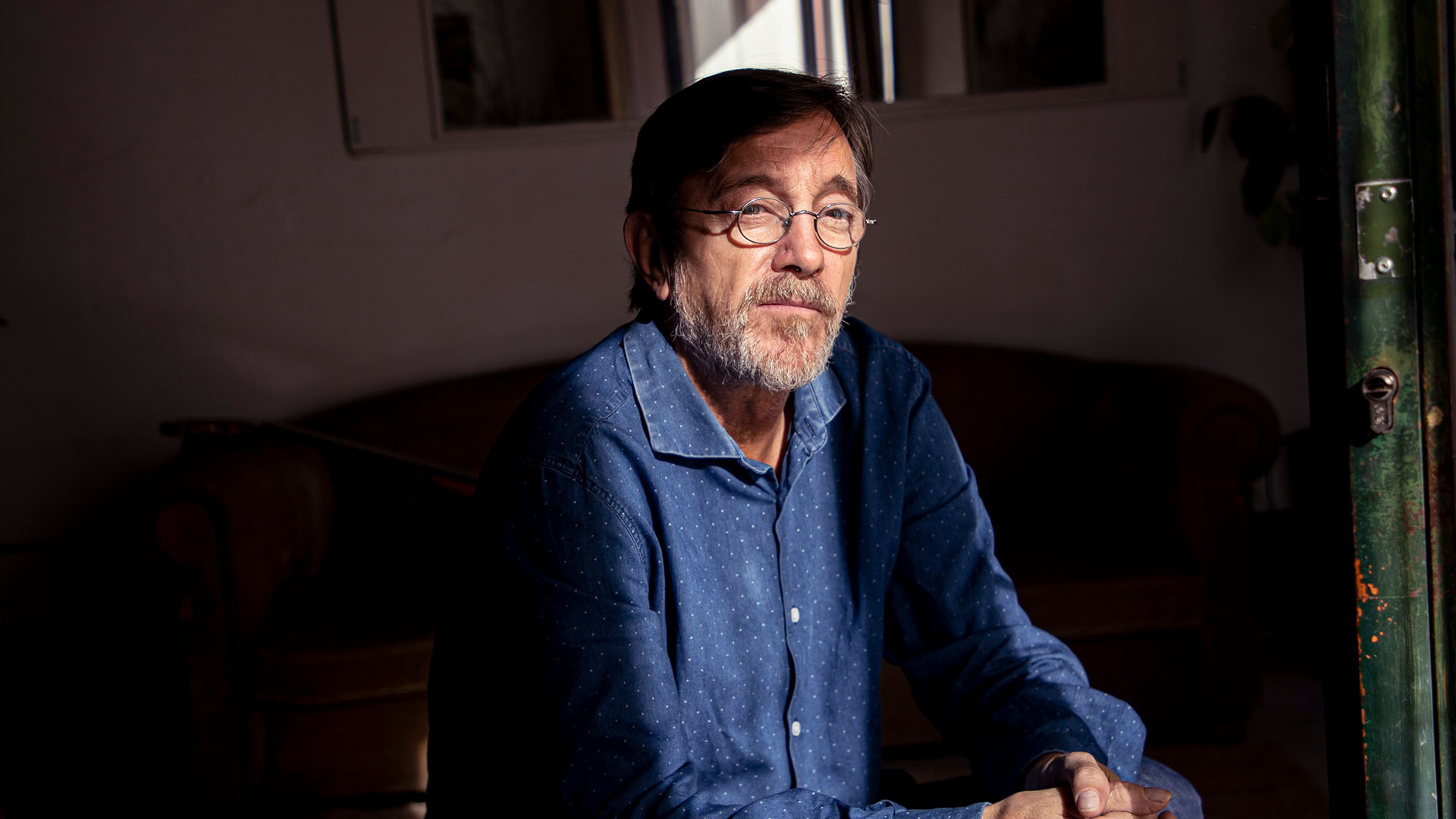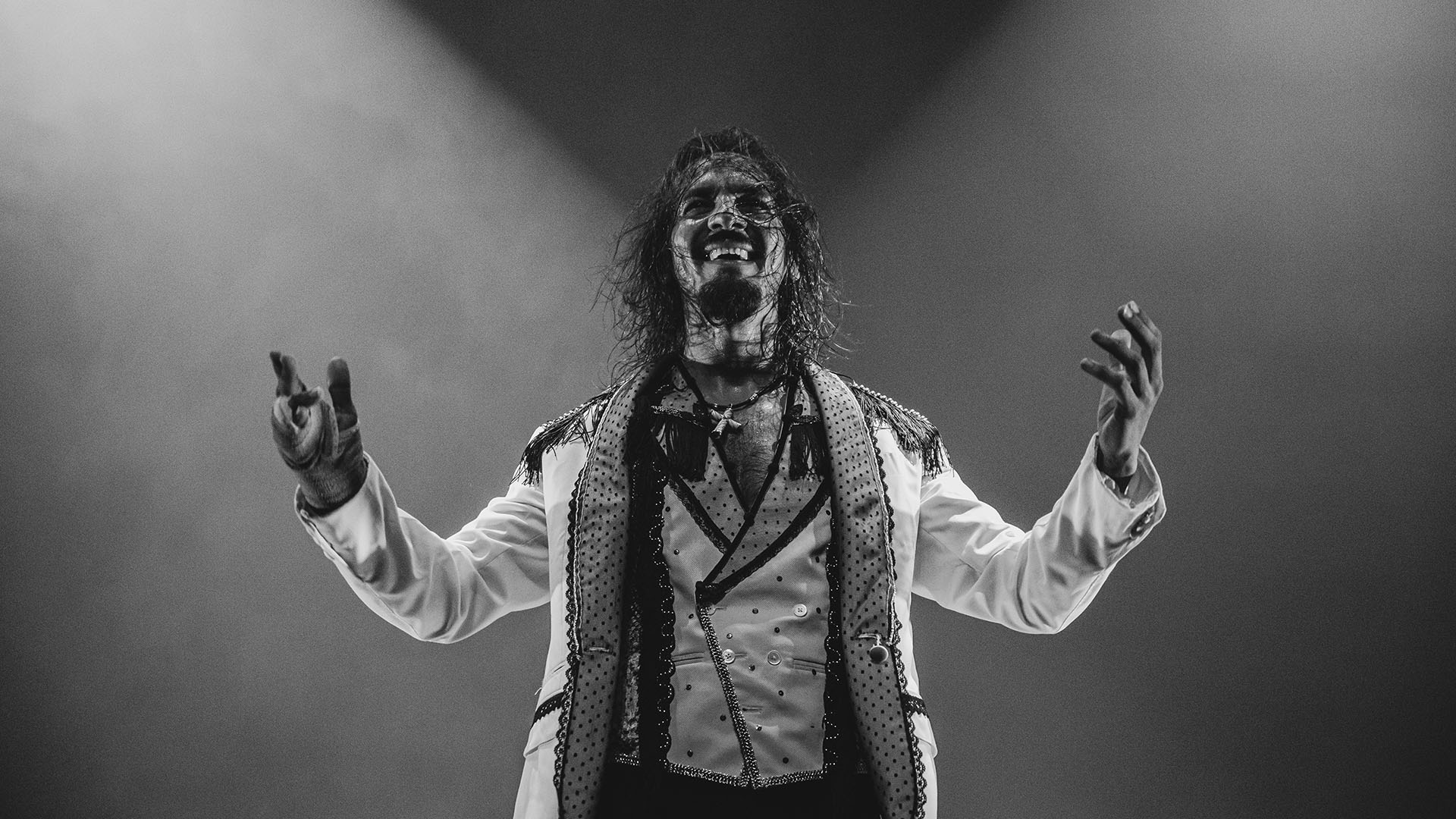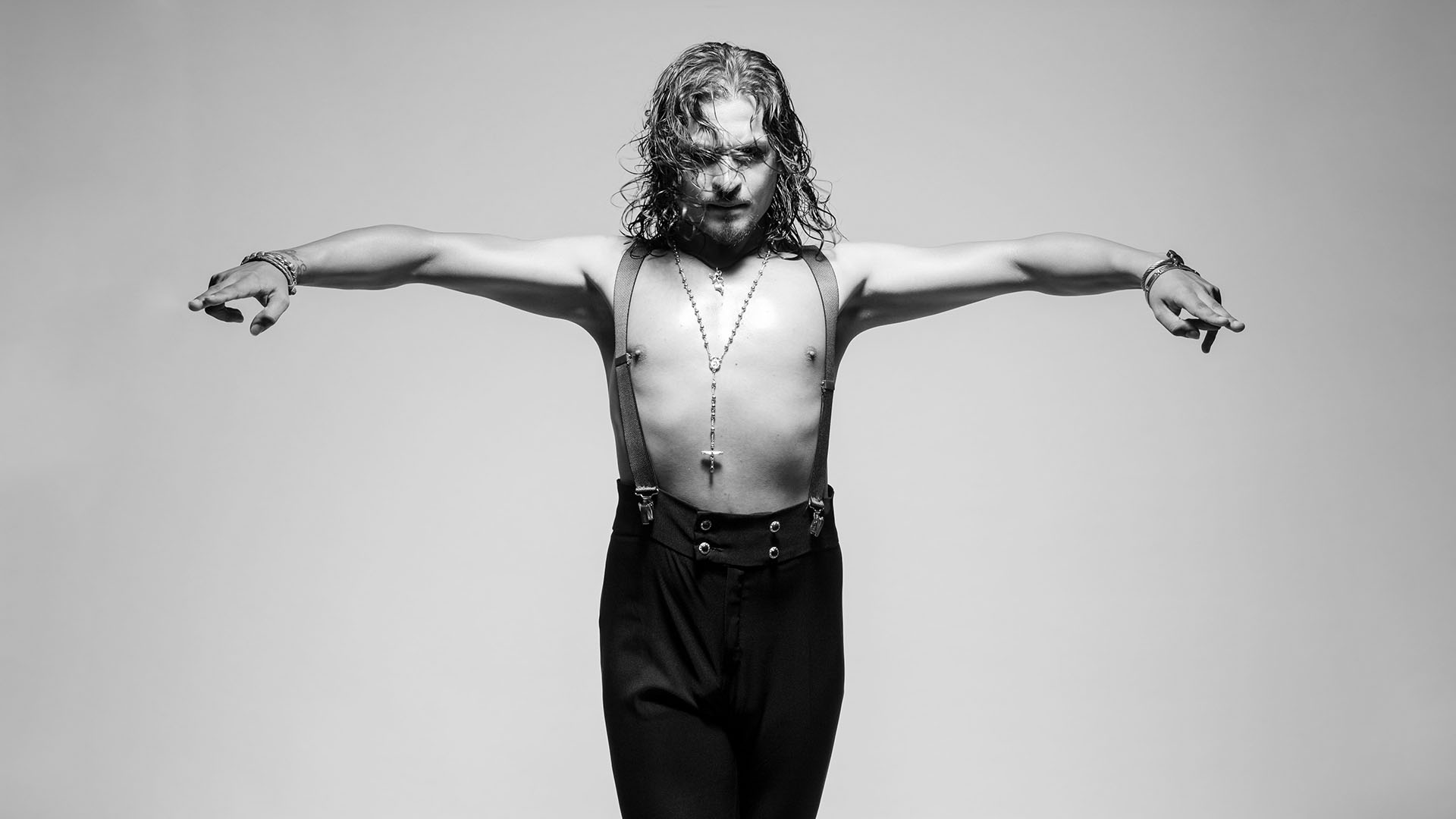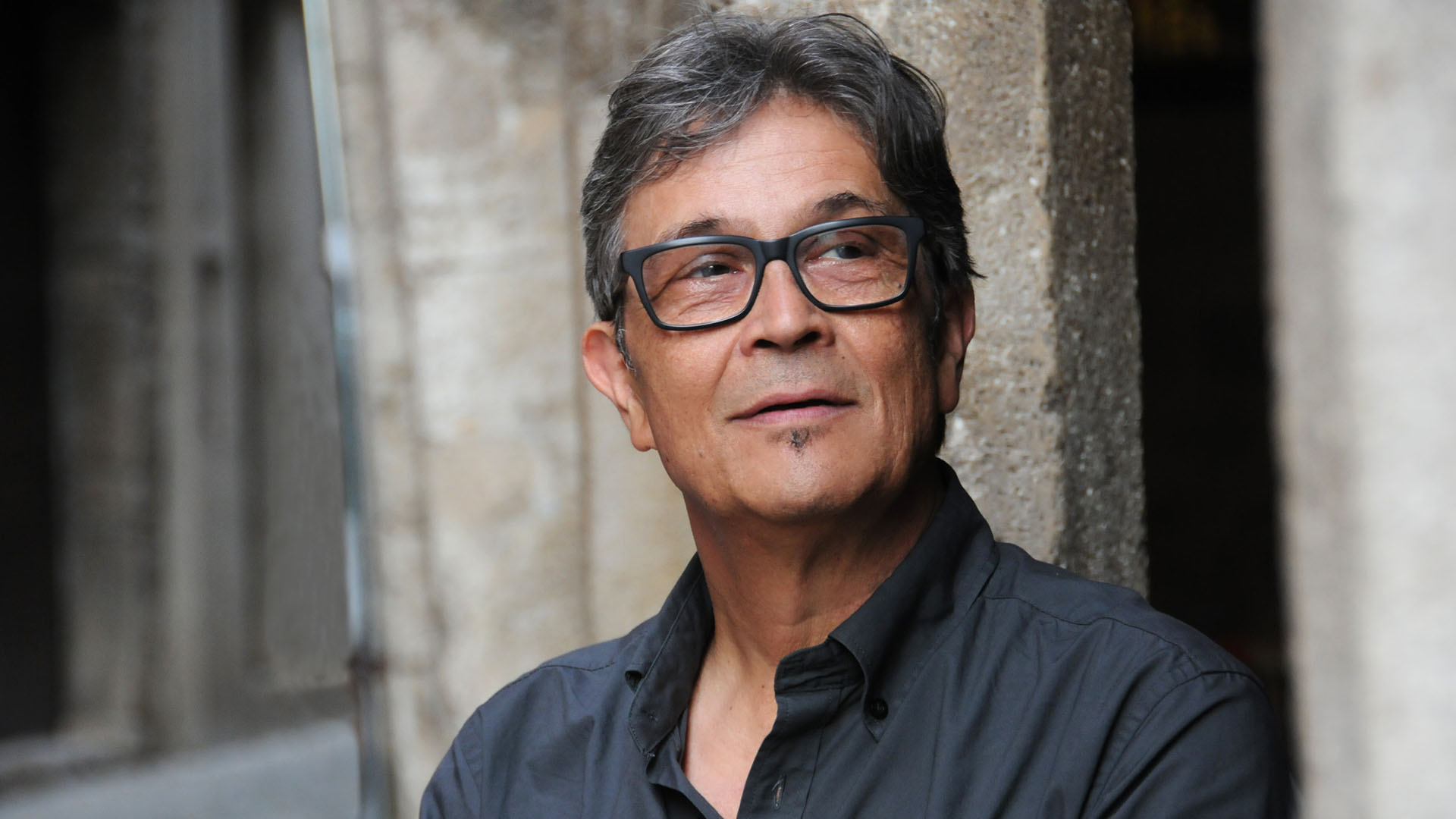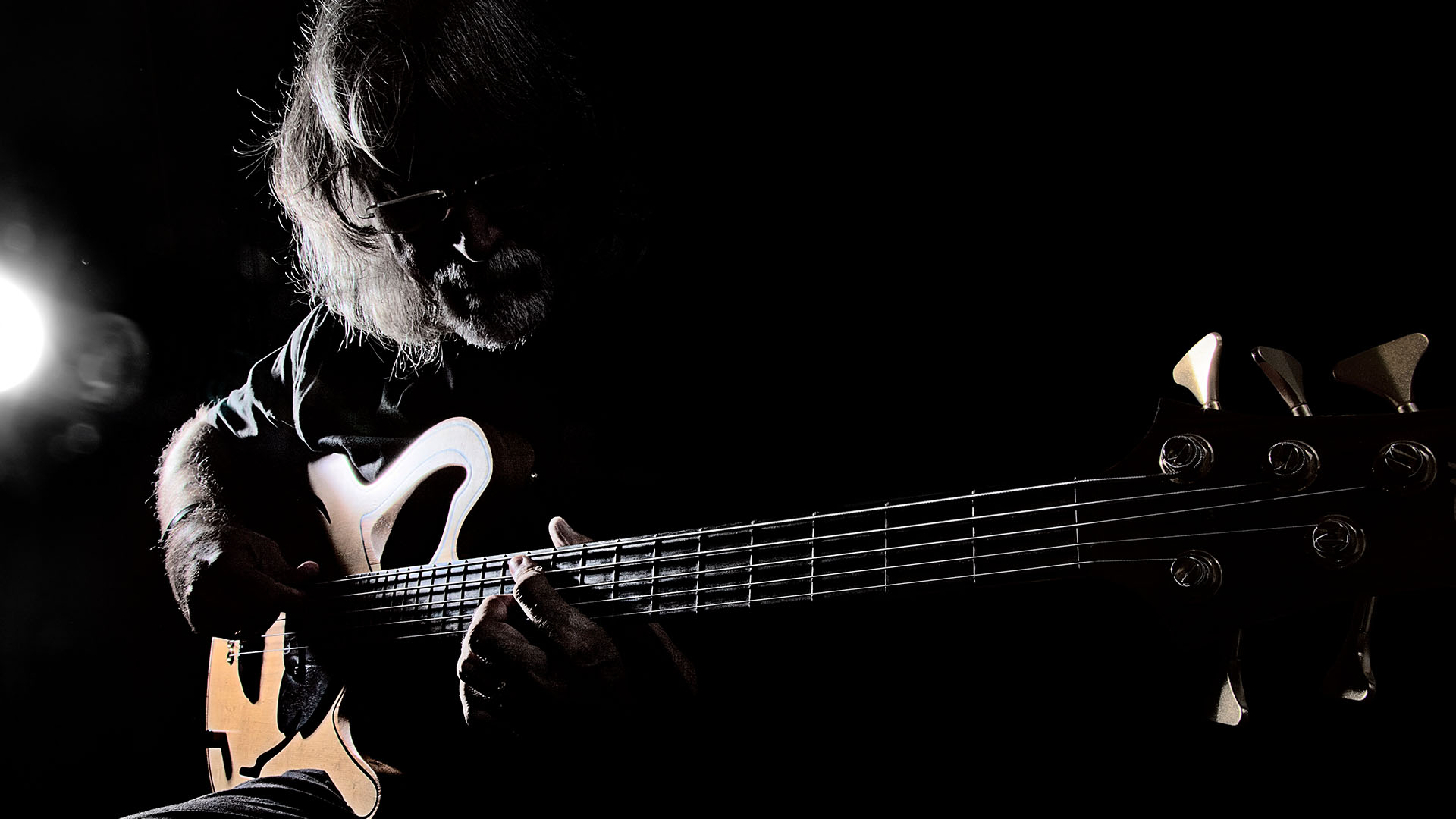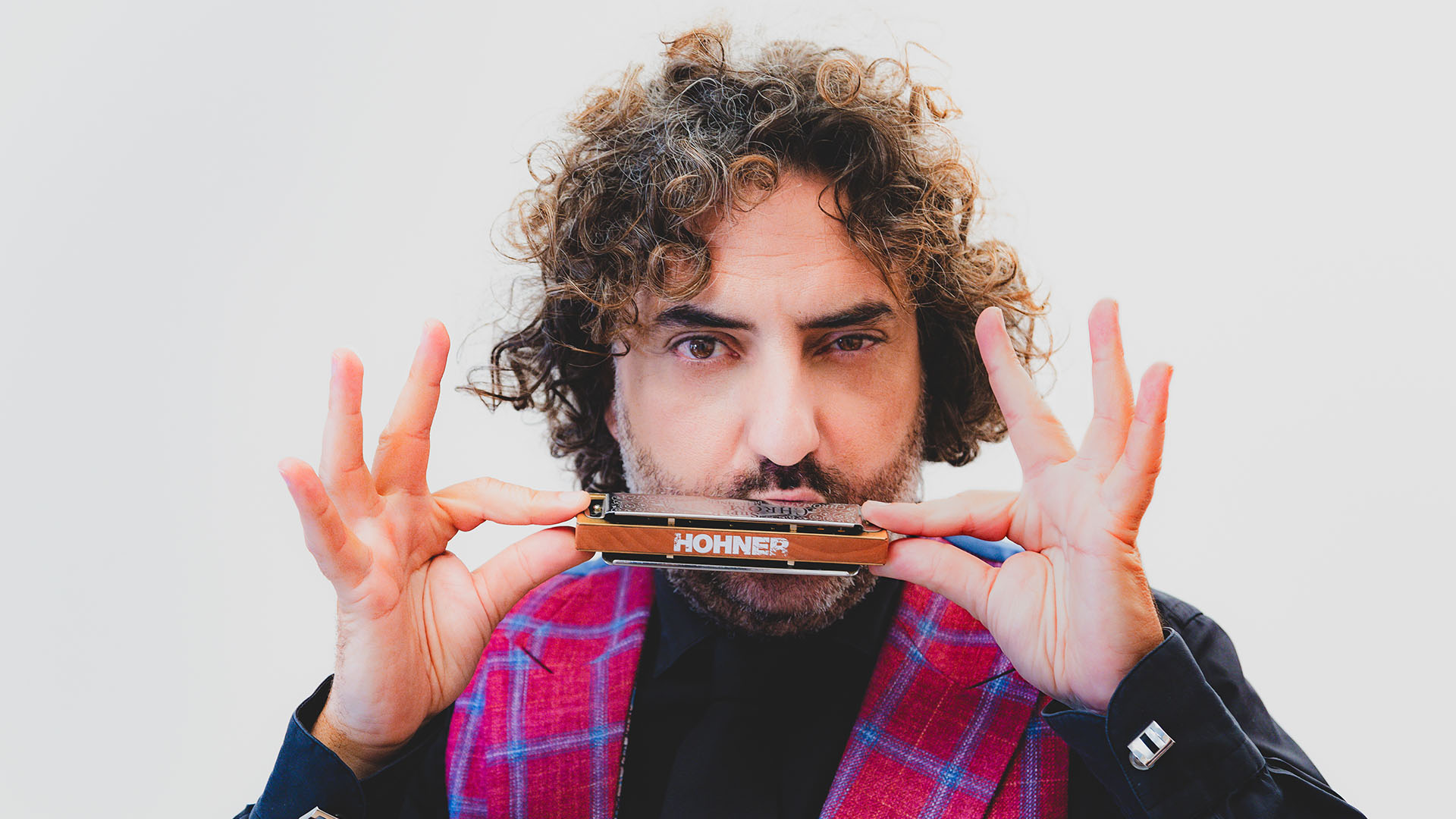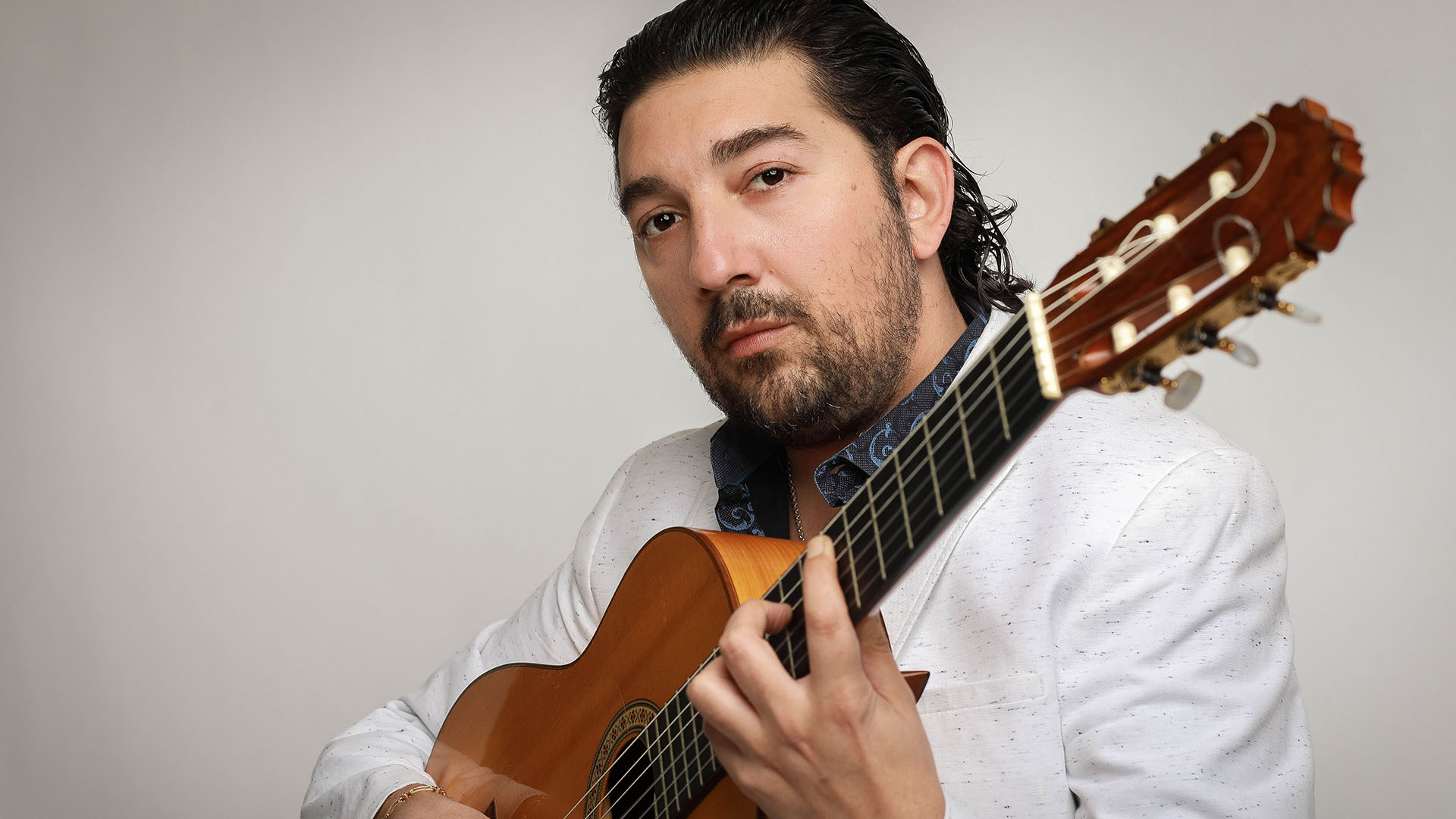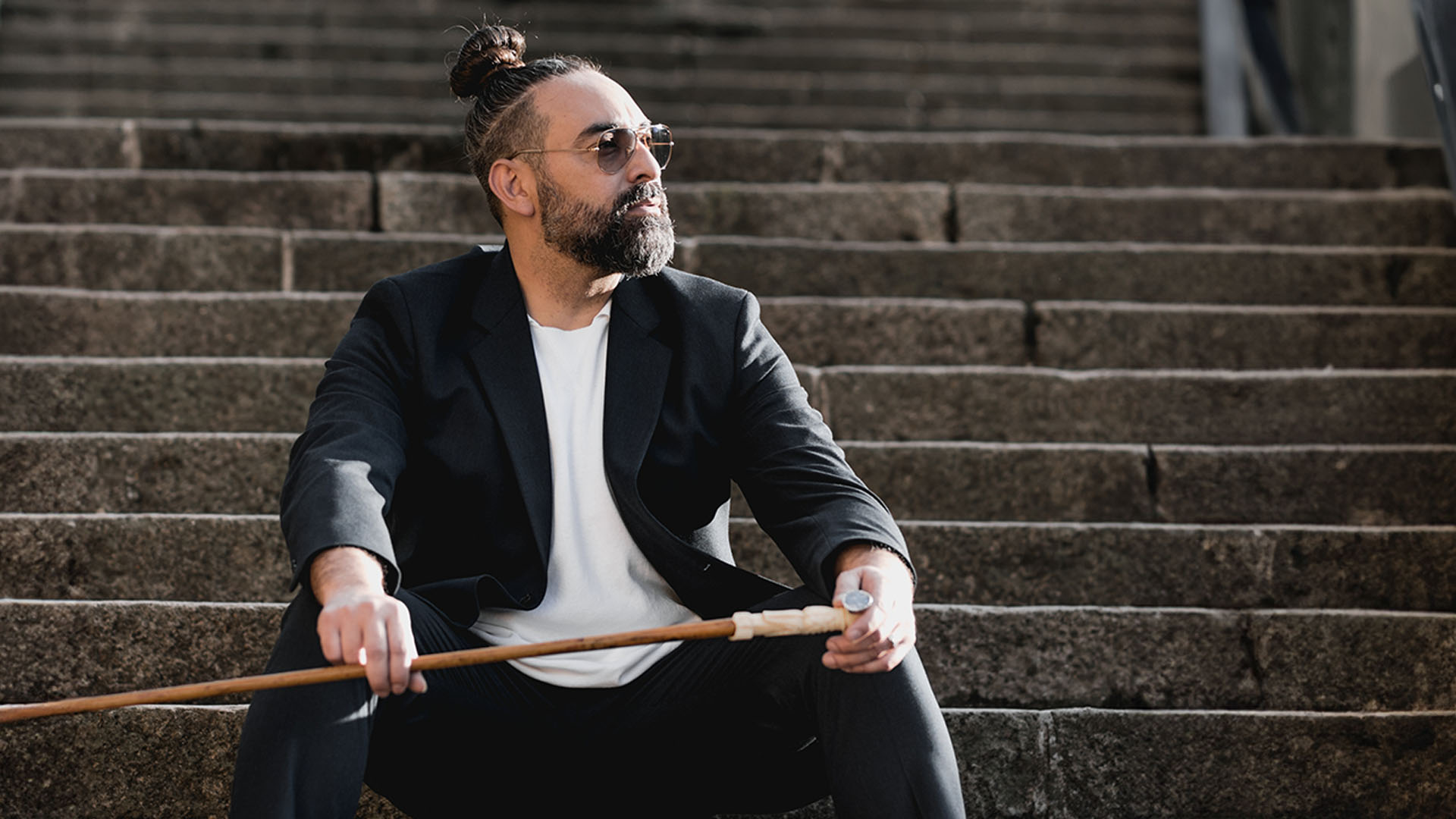A flamenco summit at the Town Hall is a historic gathering bringing together the most outstanding figures of Flamenco, Jazz, Latin, and African music, and a Paco de Lucía legacy propagated to the new generation of flamenco guitarists, showcasing creations, improvisation, and remarkable musical encounters in New York City; Niño Josele – Ruben Blades, Josemi Carmona – Salif Keita, Antonio Rey – Richard Bona, Pepe Habichuela and more.
Flamenco dance is represented by bailaores like the unmistakable Farruquito, Farru, the bailaor who accompanied Paco de Lucia on his last tour, and Karime Amaya, a descendant of the great Carmen Amaya, adds quality to the night.
Alain Pérez, former Lucía’s bassist, now has six studio albums and two Latin Grammy nominations. Rafael Riqueni and his distinguished guitar touch; Antonio Sánchez, who continues with Lucía’s saga; and singer Silvia Pérez Cruz, bringing Leonard Cohen’s “Take This Waltz” by Federico Garcia Lorca’s “Pequeño Vals Vienes.”
The concert connects musical genres and celebrates the cultural richness that defines New York—a performance transcending musical barriers, demonstrating once more that flamenco is a cross-cultural overcome.
The Town Hall will become a melting pot of sounds, a harmonious dialogue between different musical traditions presented by Serious Fan Music.

























